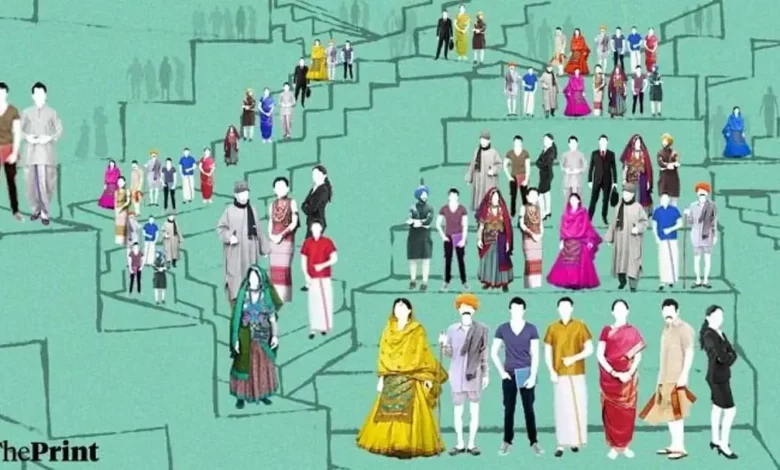
Study reveals India witnessed a decline in Hindu population share since 1950.
A working paper released by the Economic Advisory Council to the Prime Minister analyzed shifts in religious demographics of 167 countries between 1950 and 2015.
The study shows India experienced the second-highest drop in its majority population within South Asia after Myanmar.
According to the findings, India saw the proportion of majority Hindus decrease substantially by 7.82% in the 65-year period under review. In comparison, neighboring Muslim-majority nations like Bangladesh and Pakistan recorded growth in their dominant religious communities.
The Hindu population in India dwindled from 84.68% in 1950 to 78.06% in 2015. In contrast, the Muslim population proportion surged by 43.15% – from 9.84% to 14.09% over the same timeframe.
Christians and Sikhs also registered marginal percentage point increases. Strikingly, the Buddhist population share climbed considerably from a meager 0.05% to 0.81% during these years.
Africa emerged as the region witnessing the most volatility, with over half the countries experiencing a shift in predominant religious identity. Religions like Animism, earlier widespread, have now largely dwindled.
Additionally, Christian-dominating countries generally recorded declines in majority concentrations. However, Muslim-majority states mostly reported expansions for their main denomination.
Authored by members of the Prime Minister’s Council, the study employed extensive demographic data to map worldwide religious transformations over the past seven decades, demonstrating a historic trend towards demographic diversity.



